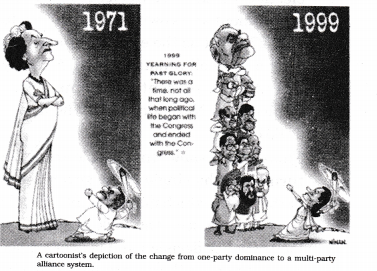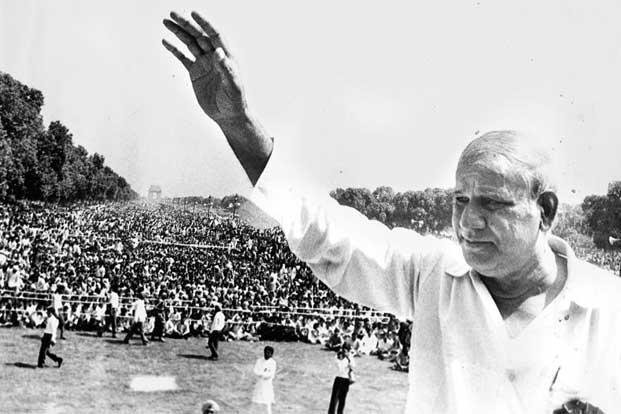
Recent Developments In Indian Politics
CBSE Class 12 – Political Science NCERT Notes
Recent Developments In Indian Politics
What kind of political changes occurred after Indira Gandhi?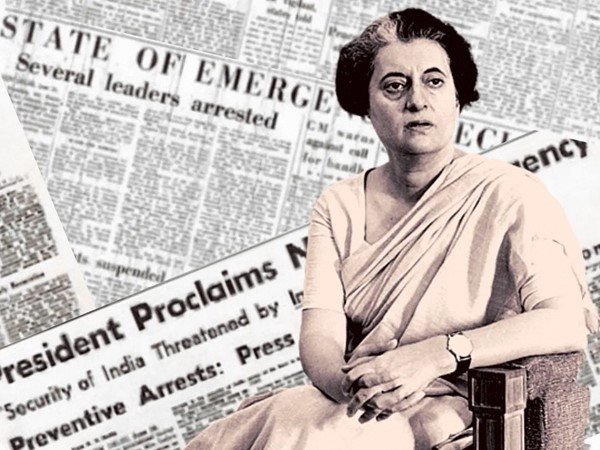
After the tragic assassination of Indira Gandhi, Rajiv Gandhi assumed the position of Prime Minister. In the subsequent 1984 Lok Sabha elections, he spearheaded the Congress party to a sweeping victory.
- The defeat of the Congress party in the 1989 elections, which signalled the end of the congress system, was the most significant event of this period.
- The advent of the “Mandal issue” in national politics was the second development. ‘Anti-Mandal’ protests erupted in various sections of the country as a result of this.
- Third, the various governments’ economic policies diverged dramatically. In 1991, there were new economic reforms.
- Fourth, in 1992, the controversial edifice in Ayodhya, the Babri Masjid, was demolished. These changes are linked to the rise of the Bharatiya Janata Party (BJP) and ‘Hindutva’ politics.
- Finally, Rajiv Gandhi’s assassination in May 1991 resulted in the Congress party’s leadership changing. While on an electoral campaign tour in Tamil Nadu, he was slain by a Sri Lankan Tamil affiliated to the LTTE.
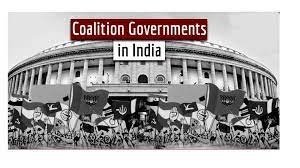
Era Of Coalitions
Congress’s Rejection
What led to the defeat of congress?
What were the Alliance Politics?
because both Congress and the Left wanted the BJP to be defeated.Despite all of its efforts, the BJP was able to maintain its majority in the 1991 and 1996 elections. It was invited to form the government after winning the most votes in the 1996 election.
Other Backward Classes’ Political Rise
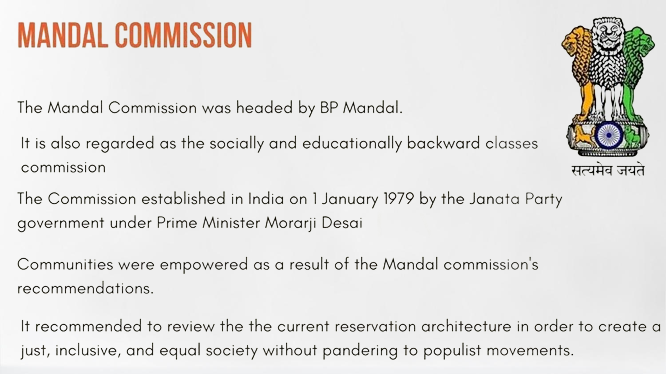
How was the ‘Mandal’ put into action?
Political Fallouts
Communalism, Secularism, Democracy
The Birth of Bharatiya Janata Party 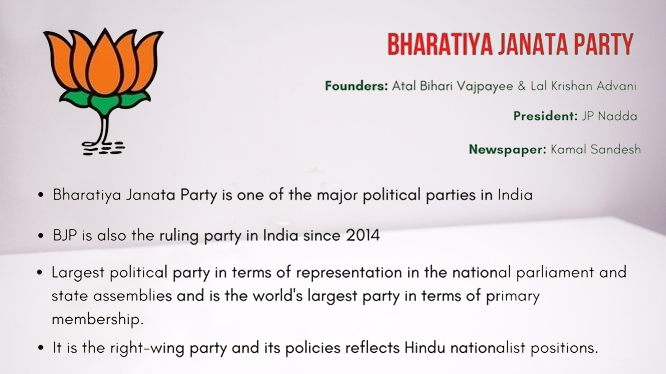
Hindutva

What was the Ayodhya Dispute all about?
The argument escalated into a legal battle that has lasted decades. The mosque was shut up in the late 1940s because of a legal case. Mobilisation began on both sides as soon as the Babri Masjid’s locks were opened. This local conflict grew into a huge national issue, causing communal strife.This has become a huge electoral and political issue for the BJP. It organised a number of symbolic and mobilizational programmes alongside numerous other organisations such as the RSS and the Vishva Hindu Parishad (VHP).
This massive mobilisation resulted in a heightened atmosphere and numerous instances of communal violence. The BJP organised a large march dubbed the Rathyatra from Somnath in Gujarat to Ayodhya in Uttar Pradesh in order to gain public support.The Supreme Court handed down its decision in the Ayodhya Ram Janma Bhoomi-Babri Masjid land dispute case on November 9, 2019.Prior to the announcement of the verdict, security measures were intensified around the country. In UP, Delhi, and other states, Section 144 was enacted.
The Mosque’s Demolition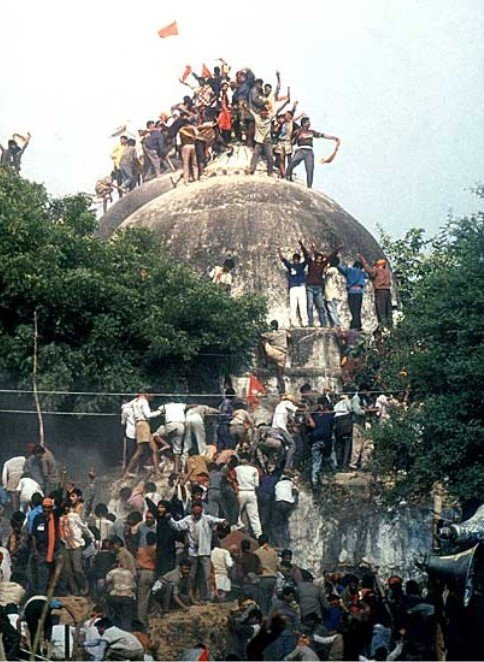
The BJP-led State government was ousted by the Central government, with other BJP-ruled States also placed under the administration of the President. The Supreme Court has initiated contempt proceedings against the Chief Minister of Uttar Pradesh for assuring the protection of a disputed structure. The BJP has publicly expressed remorse for the incidents in Ayodhya, prompting the federal government to establish a commission to investigate the circumstances surrounding the mosque’s demolition. The majority of political parties condemned the demolition, citing its infringement upon the principles of secularism. Since 1984, the democratic fabric of communal harmony has encountered numerous challenges, notably during the eruption of anti-Sikh riots in that year.
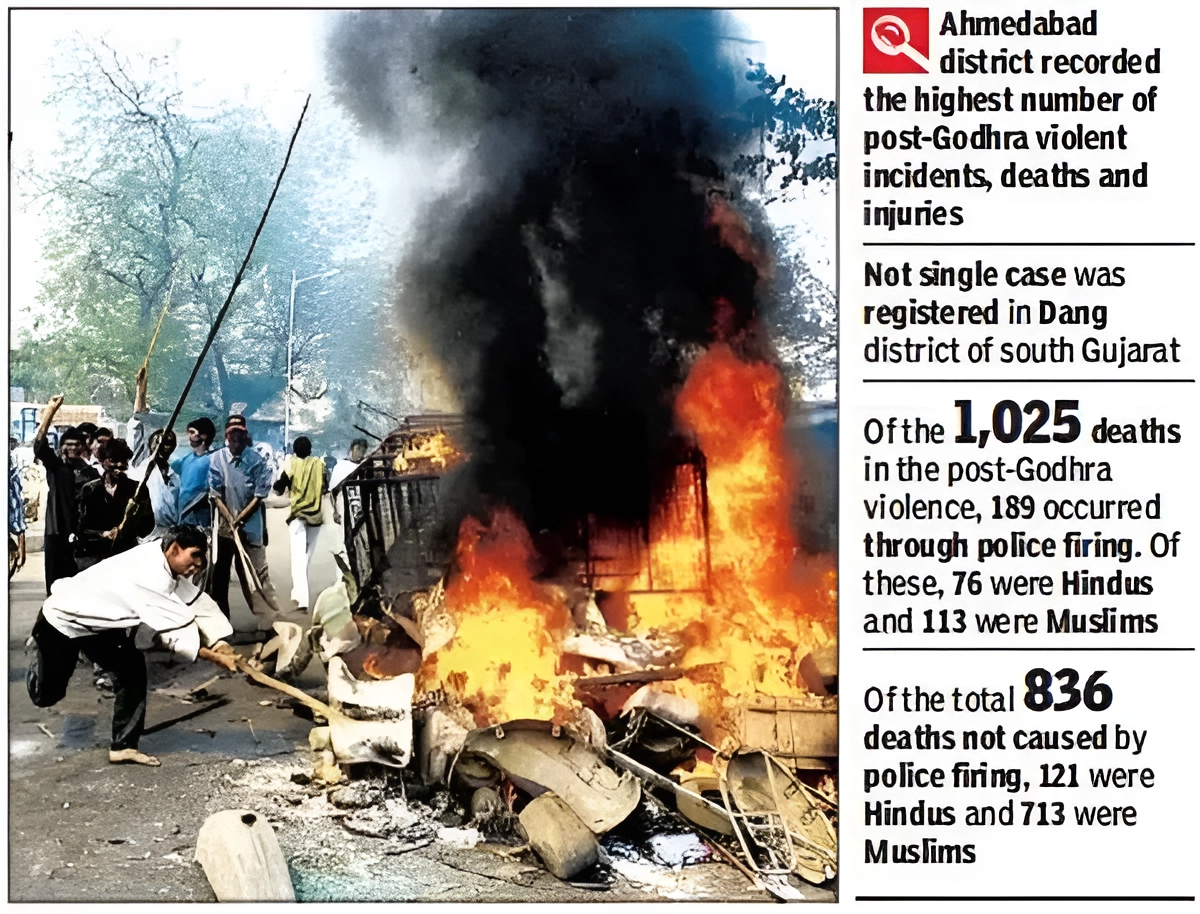 Anti-Muslim riots in Gujarat
Anti-Muslim riots in Gujarat
Emergence Consensus
After 1989, the period is commonly referred to as the decline of Congress and the emergence of the BJP. In the 2004 Lok Sabha elections, the NDA was defeated by the UPA, a new coalition government (United Progressive Alliance).The Left Front parties came out in support of the administration. The Congress party saw a partial resurgence in the 2004 elections. After the 1990s, the political processes that unfolded around us revealed several Coalition factions.
What are the components of Consensus growth?
-
A new set of economic policies has been agreed upon.
-
Acceptance of the backward classes’ political and social claims
-
Acceptance of the role of state-level parties in the country’s governance
-
A focus on pragmatic factors rather than intellectual beliefs and political alliances that are not ideologically compatible.
Also Visit Readspot

